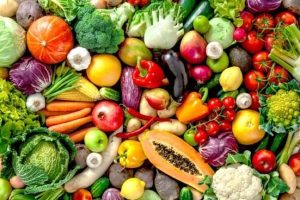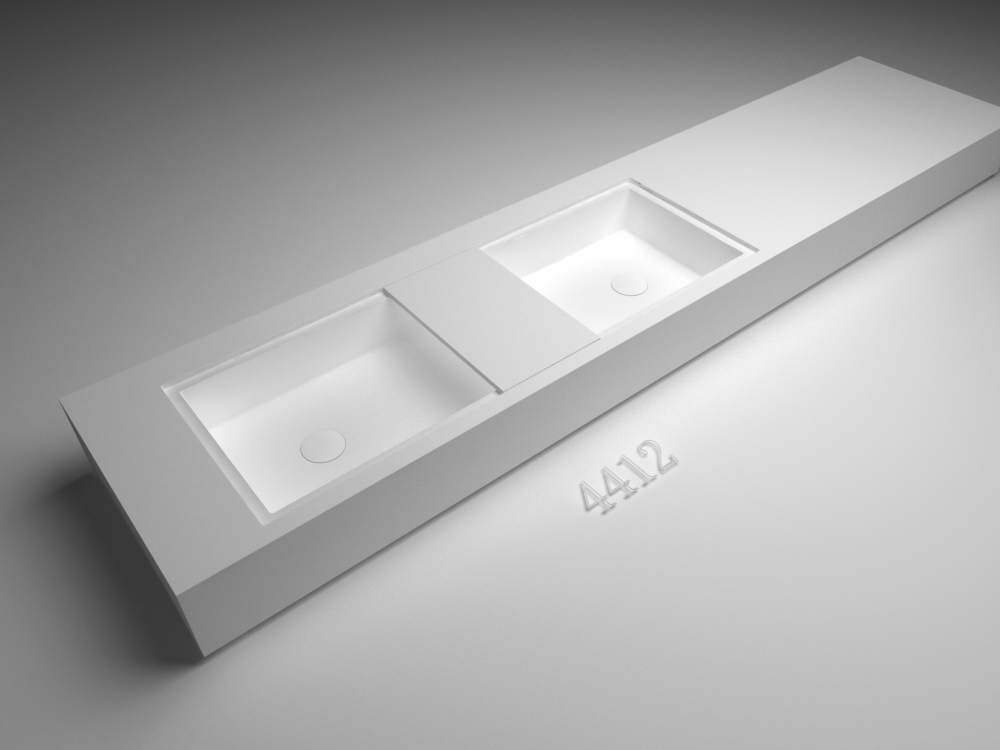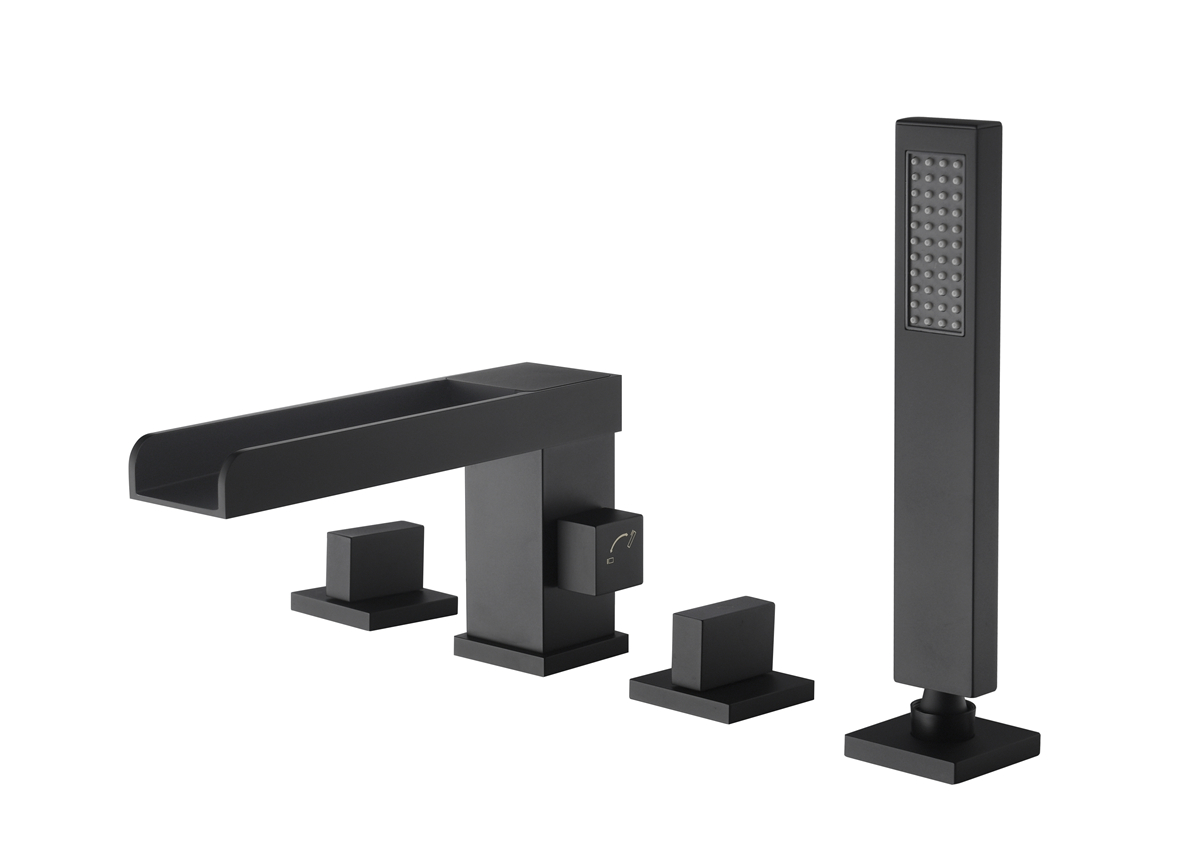
How can we easily and quickly wash fruit to eat healthy? Here’s how to wash fruit.
How to remove the pesticide residues above vegetables and fruits?
1. Immersion method.
Only pesticides can be removed from departmental contamination, but washing is the basic way to remove other dirt and pesticides from vegetables and fruits. The same usual first rinse off the outside dirt with water, and then soak in water for 20-30 minutes. The use of fruit and vegetable washing agent can increase the dissolution of pesticides, so that a small amount of fruit and vegetable washing agent can be added when soaking. After soaking, rinse two or three times under running water. Suitable for a variety of leaf vegetables, such as spinach, needle, leek, lettuce, coriander, cabbage and so on.
2. Lye immersion washing method.
Keep a bottle of baking soda in your home kitchen. The pesticides used in our country are mainly organophosphorus, in large departments after encountering alkali, urban gradually analysis to become invalid. Organophosphorus pesticides in alkaline environment will quickly analysis and failure, with alkali water immersion is a useful measure to remove pesticide pollution. First wash the outside dirt clean, soak in baking soda lye (add baking soda 5-10g in the usual 500ml water) for about 15 minutes, and then rinse with clean water 3-5 times. Applicable fruits and vegetables: all kinds of vegetables and fruits.
3. Rinse and wash with boiling water.
The pesticides on some vegetables can be made ineffective by heating. Put vegetables in boiling water for 1-3 minutes before washing and cleaning. The pesticides on vegetables will also lose their effect. Such as spinach, lettuce, coriander, kale, celery, pepper, zucchini and other vegetables.
4. Rice washing by soaking in water.
Before cooking rice, each family usually uses clean water to wash the rice several times. We can keep the rice washing water for washing vegetables. Because the rice washing water is acidic, the pesticide residues on vegetables will gradually be analyzed and become ineffective after the acidic rice washing water, so as to remove the pesticide residues in the upper part of vegetables.
5. Saltwater washing.
Using 1% to 3% salt water to wash vegetables can not only remove pesticides, but also remove all kinds of insects lurking in the roots or the wrinkles on the back of the leaves. For example, vegetables such as cabbage, cabbage, cabbage, etc. can be broken into leaves by hand before eating, and then soaked in salt water for a period of time. When soaking vegetables, it is best to make each side of vegetables fully exposed to salt water. Vegetables above the residue of pesticides in water soaking, will gradually lose effect. Then, wash vegetables with water several times, until the outside of the water can not see the colorful oil so far.
6. Clear water baking soda flour removal method.
For grapes, cherries, cherries and other fruits, the first fruit outside dirt wash clean, in baking soda alkali water (as usual 500ml add baking soda 5-10g) and then add some flour, improve the consistency of water, soak for about 15 minutes, and then rinse with water 3-5 times, to clear residual pesticides, microorganisms, pollutants, impurities and other very useful.
7. Peeling method.
The amount of pesticides on the outside of vegetables, melons and fruits is relatively large, so peeling is a better, simple and applicable way to remove pesticide residues. In this way, residual pesticides and parasite eggs on the fruit will be completely removed and cleaned. Suitable for fruits and vegetables: apple, pear, kiwi, cucumber, loofah, winter melon, pumpkin, zucchini, eggplant, carrot, radish, potato, etc.
8. Storage.
In the storage process of vegetables, the oxygen in the air and the active substances such as enzymes in vegetables can reflect with the residual pesticides, so that the pesticides can be oxidized and degraded, which can reduce the pesticide residues and reduce their toxicity. It is easy to retain fruits and vegetables can be stored through a precise time, reduce pesticide residues. Suitable for apple, kiwi, winter melon and other non-perishable species. In the era of home prevention and control of COVID-19, every family has purchased many vegetables and fruits at one time, and the storage method has played an auxiliary role in reducing pesticide residues.
9. Drying method.
The spectral effect will cause the pesticide residues in vegetables to be analyzed and damaged. Vegetables exposed to sunlight have less pesticide residue. For easy to contain vegetables, it is best to place for a few days, the oxygen in the air and the color enzyme in the vegetables have a certain role in the analysis of residual pesticides. Suitable for cabbage, kale, cabbage, etc. In the era of home prevention and control of COVID-19, every family has purchased many vegetables and fruits at one time, and the storage method has played an auxiliary role in reducing pesticide residues.


















